Hair Developer – What Does It Do To Your Hair And Benefits
Sometimes, picking the right hair developer can make all the difference.
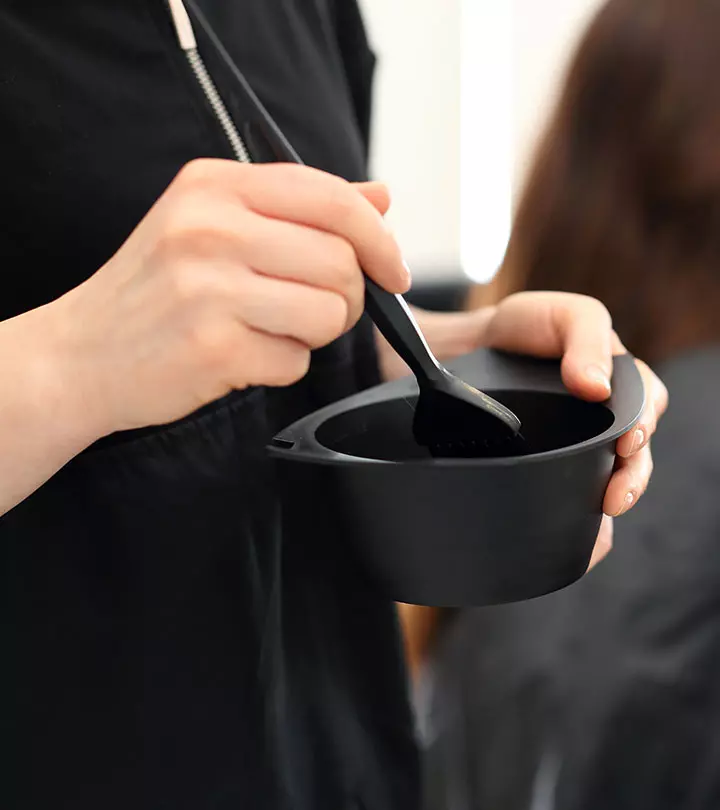
Image: Shutterstock
It is purely a waste of time dyeing your locks without using a hair developer. Is this oxidant cream that important during a hair treatment? Yes. A developer helps open your hair cuticles up, letting the color travel all the way to its roots. If you don’t know what this product is all about and its role in hair care and how to use it, this article is for you. Keep reading to know more.
In This Article
What Is A Hair Developer And What Is It Used For?
A developer is an oxidant cream with hydrogen peroxide as its main ingredient, that plays a key role in any hair coloring process. All professionally trained hair color experts use it and most at-home hair dye kits come with a bottle of developer too. It helps in opening up the hair cuticle, which allows the hair dye to penetrate deeper into the hair strands and last for a long time. Without a developer, you will end up with a shoddy hair color. Check out the next section to learn more about its benefits.
Key Takeaways
- Hair developer helps open up the hair cuticles to absorb the hair dye better.
- The kind of hair developer used depends on your hair type and how light or dark you want the shade to develop.
- Mixing the hair dye and developer in the right proportion for the right amount of time is important to achieve the best results.
Benefits Of Hair Developer
There are a number of factors that contribute to the results of a developer:
- Activation – When mixed with the hair dye, the developer activates the dye to give you the best results of hair processing.
- Consistency – The developer is mixed with the hair dye to form a thick and uniform paste that is easy to apply and holds on to your hair without dripping.
- Color Delivery – The hydrogen peroxide in the developer opens up the hair cuticle, which helps the hair dye deposit the color into the hair.
- Color Removal – The cuticle-opening action of the developer also helps in removing the natural hair color.
- Better Results – Using a developer results in a more pigmented and long-lasting hair color.
- Reduced Hair Damage – The developer can also prevent hair damage during coloring by regulating the lightening process and ensuring even color penetration, thereby minimizing harsh effects on hair.
Now that it’s clear that cannot skip developer when coloring your hair, let’s take a look at how you can choose the right one for your hair coloring needs.
How To Choose The Right Volume Developer
Choosing the right volume developer is necessary for obtaining the desired hair color. The different concentration levels of hydrogen peroxide in the developer are expressed either in percentage (%) or units of volume (Vol.). Higher the concentration level, stronger the developer and resulting hair color.
Besides the concentration level of the developer, the type of hair color, degree of lightening, hair quality, and hair type also play a huge role in how your hair color turns out. These elements are important, especially if you plan to bleach hair at home. Keeping that in mind, let’s talk about how to choose the right developer based on various factors.
1. Degree of Lightening/Darkening
You need to choose a developer based on the degree to which you want to lighten or darken your hair. Usually, 3% hydrogen peroxide in the developer achieves 1 degree of lightening/darkening. Volume 10 is the weakest, and Volume 40 is the strongest level of developer.
- 10 Volume Developer
This developer contains 3% hydrogen peroxide, and it darkens your hair by one level. It works only when you are going from a lighter to a darker shade, but not the other way around. It is the best option when you want to go for a shade that is a bit darker than your current hair color. It is best suited for thin or fine hair.
 Quick Tip
Quick Tip- 20 Volume Developer
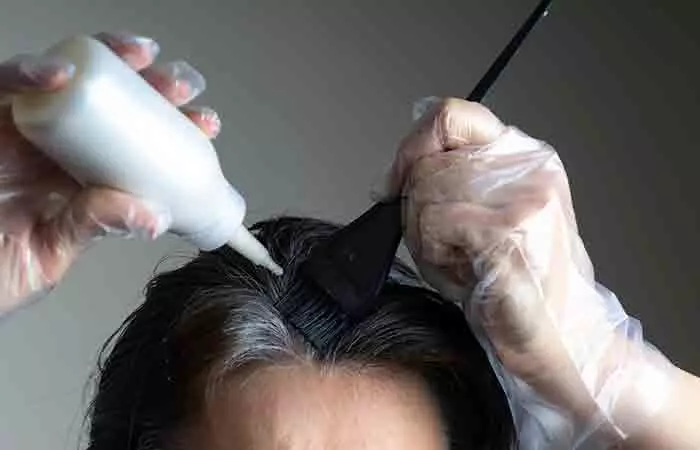
This developer contains 6% hydrogen peroxide, and it lifts your hair color by one or two levels. It is used with both temporary and permanent hair dyes and is a popular choice for covering gray hair. It works well on thick tresses.
- 30 Volume Developer
This developer contains 9% hydrogen peroxide, and it lifts your hair color up to three to four levels. As it is a strong developer, it can’t be used on thin or fine hair as it may lead to hair damage. It is suitable for covering grays.
- 40 Volume Developer
This developer contains 12% hydrogen peroxide, and it lifts your hair color up to eight levels. It is only used for lightening hair. Since it is the strongest developer, it is not recommended to be used at home due to the risk of burning your hair and/or scalp. If you think you need to use this developer to get your desired hair color, visit a hair salon and get your hair colored by a professional hair stylist or colorist.

2. Color Type
You have to choose a developer depending on the type of hair color you’re going to use.
There are temporary hair colors, permanent hair colors, and lighteners. Temporary hair colors require weak (10-20 volume) or no developers at all, permanent hair colors require moderate developers (20-30 volume), and lighteners need strong developers (30-40 volume).
3. Hair Type
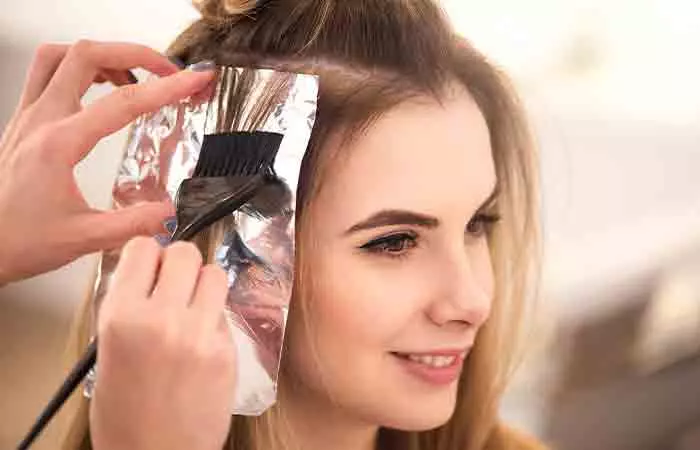
As different types of hair react to dyeing in different ways, your hair type also determines the choice of developer. You need to use a low volume developer along with a light hair dye on fine hair as the color penetrates faster into it. For normal hair, you can go with the volume of hair developer recommended by the hair color. Use a higher volume developer on thick hair as it is a bit more difficult to lighten or darken.
4. Hair Quality
Hair quality also influences your choice of developer. As healthy hair reacts normally to color, you can use the recommended volume of developer. For porous hair, you need to choose a lower or higher volume developer, depending on how light or dark you want your hair to be. Porous hair absorbs the color quickly, but the color fades away quickly too. If you have porous hair, choose a lower-volume developer for hair lightening and a higher-volume developer to darken hair.
The developer is usually included in the hair dye package. But if it isn’t, you’ll have to buy a suitable developer separately. You need to mix them before application.
Learn about the developer-to-color ratio in the next section to achieve your desirable hair shade.
How To Measure Hair Color And Developer
The right amount of developer ensures the cuticles open properly and lift the natural color, allowing the dye to appear vibrant. Since different hair dyes have varying requirements, it can be challenging to determine the right amount of developer to mix with the dye.
Here are some common mixing ratios:
- 1:1 Ratio (Hair Color To Developer)
Use this when the coloring hair shade is closer to your natural color. It helps the color adhere effectively and is suitable for gray hair.
- 1:1.5 Ratio (Hair Color To Developer)
This is ideal for toning or lightening hair by one or two levels, especially for roots. You can also use this ratio for stubborn grays.
- 1:2 Ratio (Hair Color To Developer)
Do this if you are going three or four shades lighter. It requires a 30 or 40-volume developer.
Let’s take a look at the process of combining them.
How To Mix The Hair Dye And Developer
Before mixing the developer and hair dye, put on a hairdresser’s cape and latex/nitrile gloves to avoid staining your hands and clothes.

Step 1
Identify the developer to dye ratio. It is usually 1 part of hair color for 2 parts of developer. Make sure you mix the developer and dye in the right ratio as recommended to get the desired results.
Step 2
Apply the mixture on your hair as desired. Decide whether you want to dye all your hair or highlight only a few sections. Part your hair and apply the color mixture accordingly.
 Quick Tip
Quick TipInfographic: Tips To Manage Colored Hair
A hair developer is an oxidant cream that opens the hair cuticle and allows better penetration of hair color. That is why it is important that you use a hair developer when coloring your hair. However, once you have colored your hair, it is important to prevent your colored hair from becoming dry and brittle. Following simple tips to keep your hair strong and healthy.
Check out the infographic below to know more! Illustration: StyleCraze Design Team
To recap, a hair developer is an oxidant cream that opens hair follicles, allowing hair color to seep into your hair all the way to the roots. This developer activates the hair dye, provides a consistent texture, delivers good color pigmentation, and helps remove hair color too. To achieve the desired hair color you want, you need to choose the right amount of hair developer to add to your hair dye mix. Scroll up to go through the steps and pointers you need to remember to pick the right amount of developer. As you keep following these tips, you will become a pro at coloring your hair!
Remember, the hydrogen peroxide in the hair developer may lead to hair fall due to change in the hair color and texture. Also, using higher concentrations of this hair chemical may lead to skin rashes. Hence, visit your local skin specialist if you develop any skin reaction/rash.
Frequently Asked Questions
Is it safe to use a developer on colored hair?
Yes, you can use a developer on colored hair. However, it is recommended to choose a low-volume option to minimize potential damage.
What steps should I take if my hair feels damaged after using a developer?
If you feel your hair has been damaged post using a developer, then here are a few tips to follow. Go for deep conditioning treatments, use protein-rich hair masks, switch to sulfate-free hair products, and avoid heat-styling.
Is the developer safer than hair bleach?
Yes. The developer doesn’t harm your hair independently. However, it can cause damage when used with bleach powder or dye.
How long do I leave a 30 developer on?
You can leave a 30 volume developer on your hair for 15-30 minutes.
What happens if you put too much developer in bleach?
If you put too much developer in your bleach, it might lighten your hair without depositing enough color on your hair strands. It may also irritate your scalp.
What can I use as a substitute for a developer?
Experts do not recommend substituting a developer with a shampoo or conditioner as they lack the right ingredients needed to open the hair cuticles for color deposition.
Confused about which hair color developer to choose? Watch this video and learn the best tips and tricks to achieve the perfect hair color for you.
Read full bio of Dr. M. Khawar Nazir
Read full bio of Arshiya Syeda
Read full bio of Ramona Sinha
Read full bio of Medha Deb







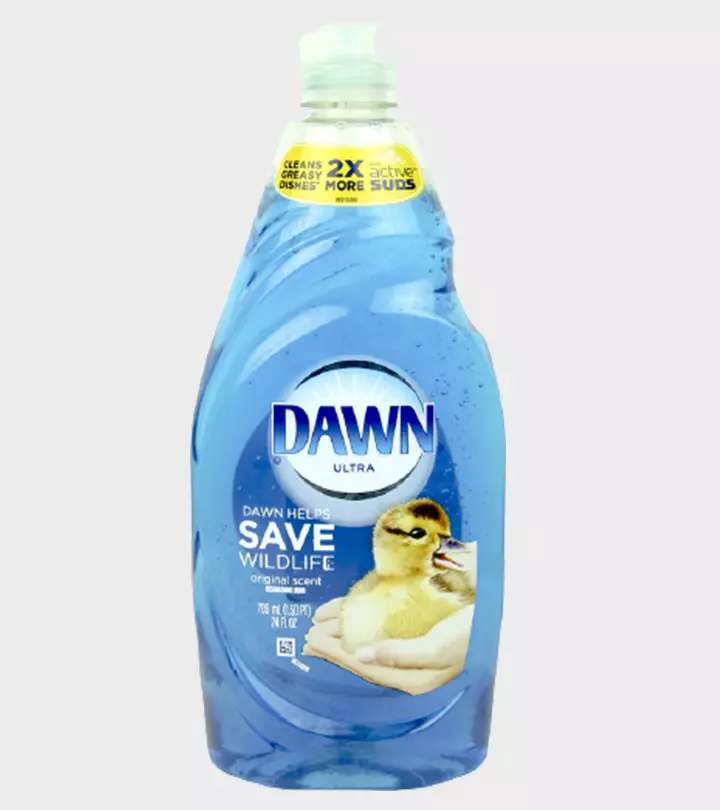
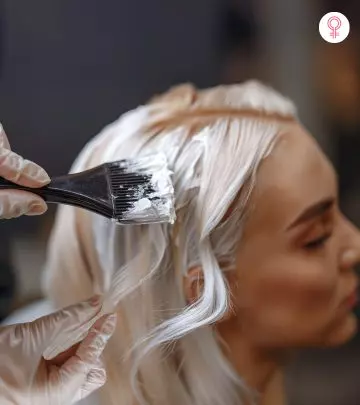
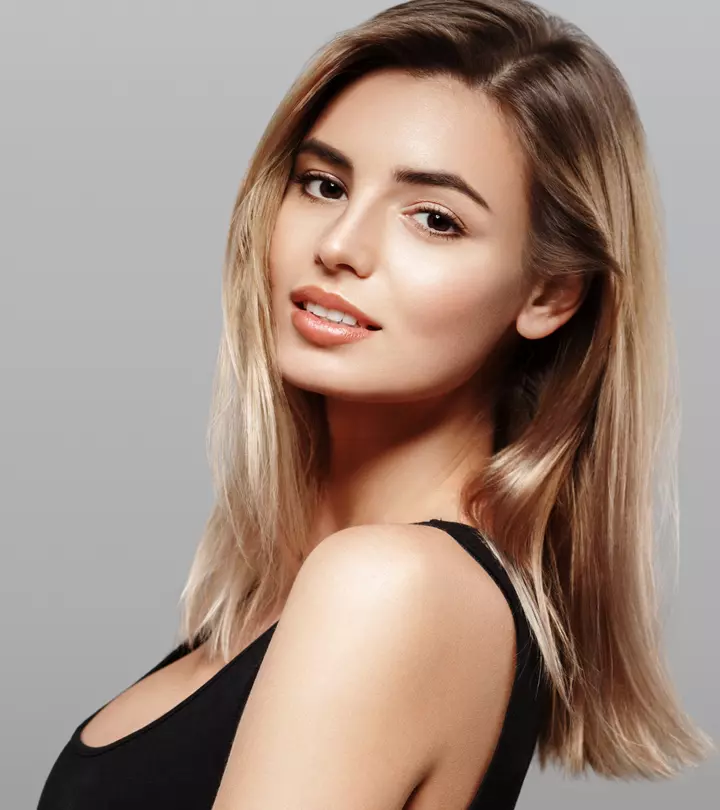
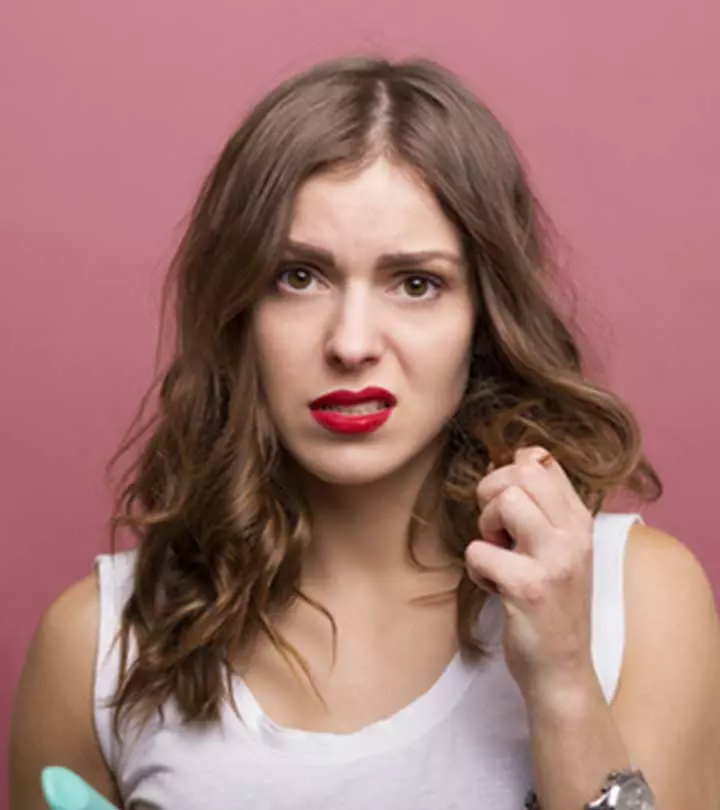
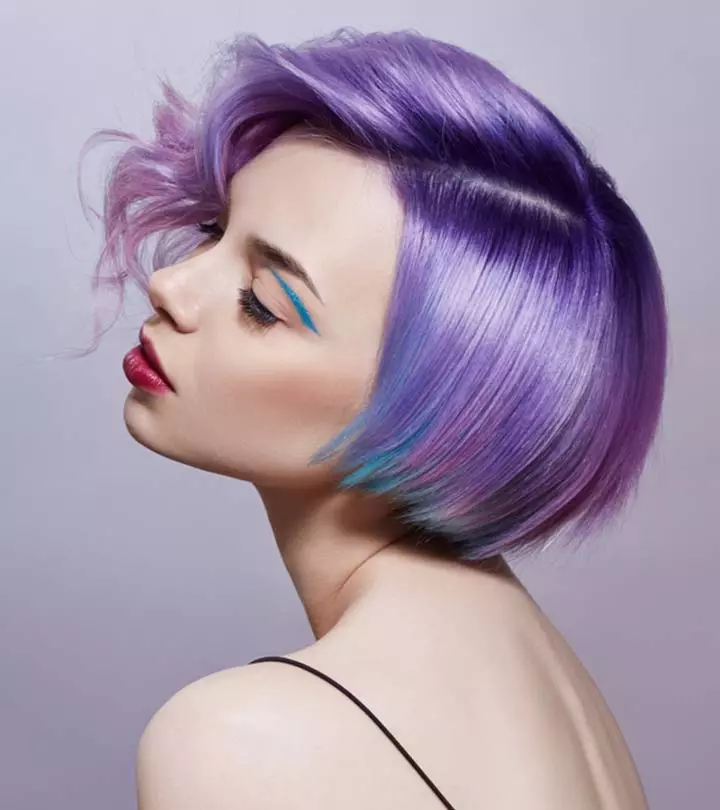
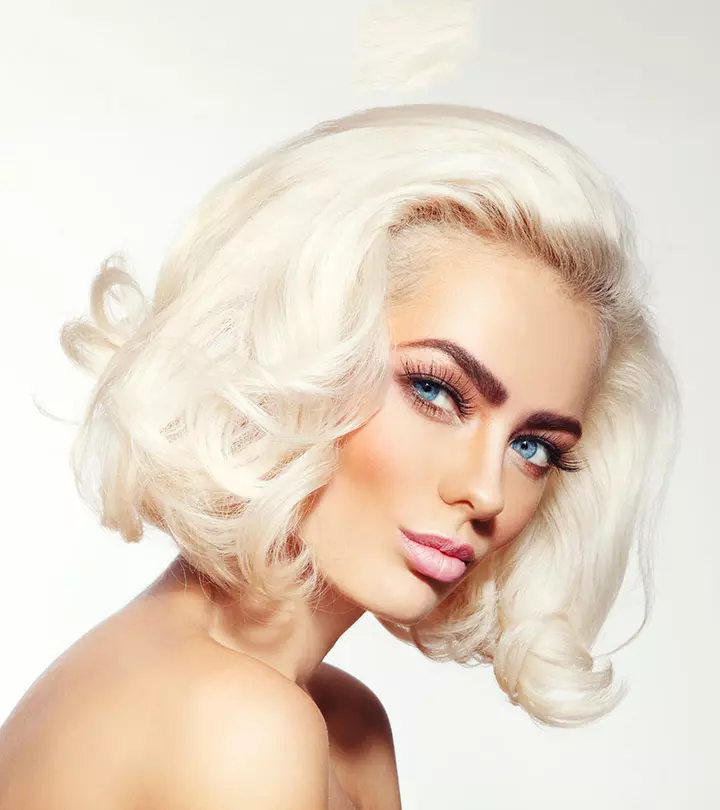

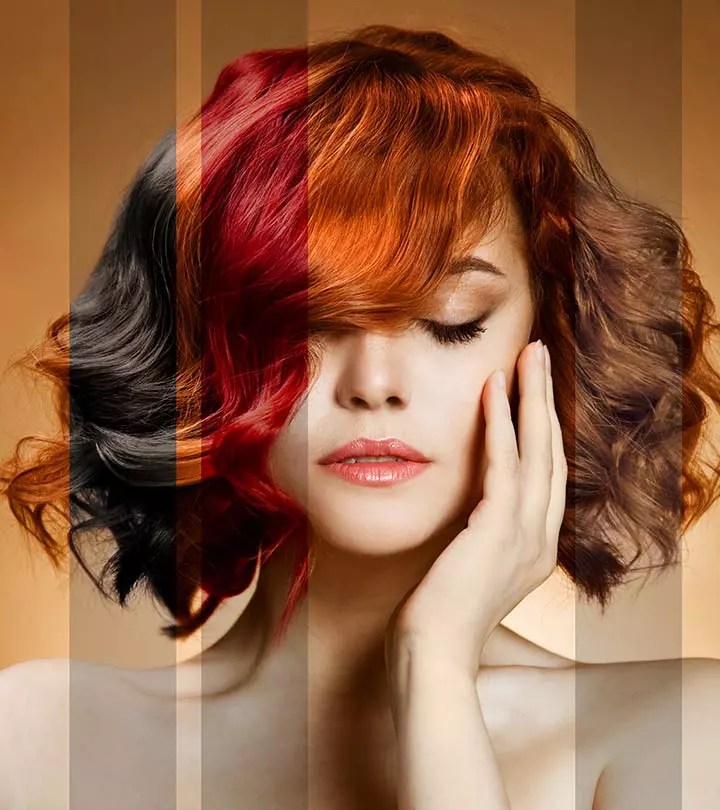
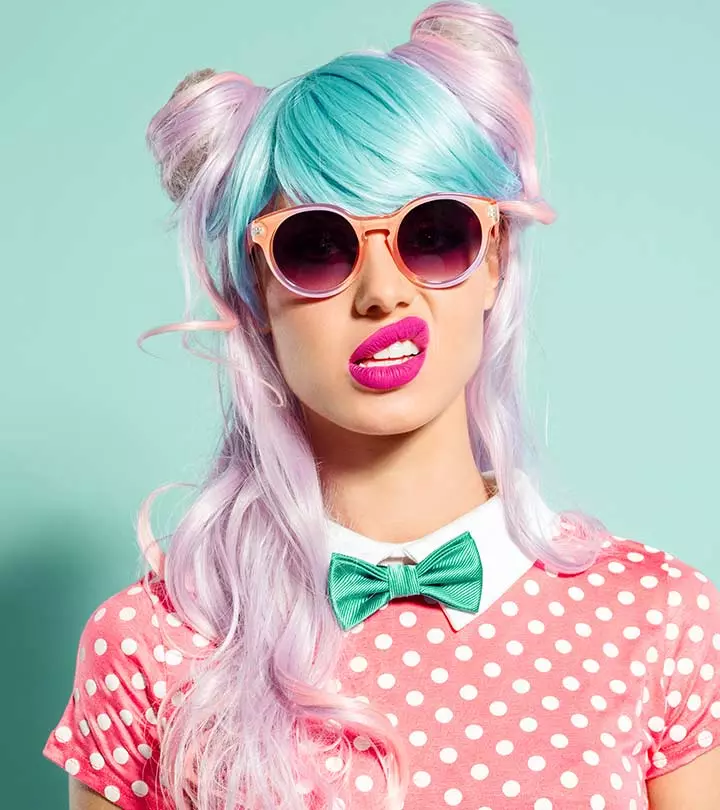
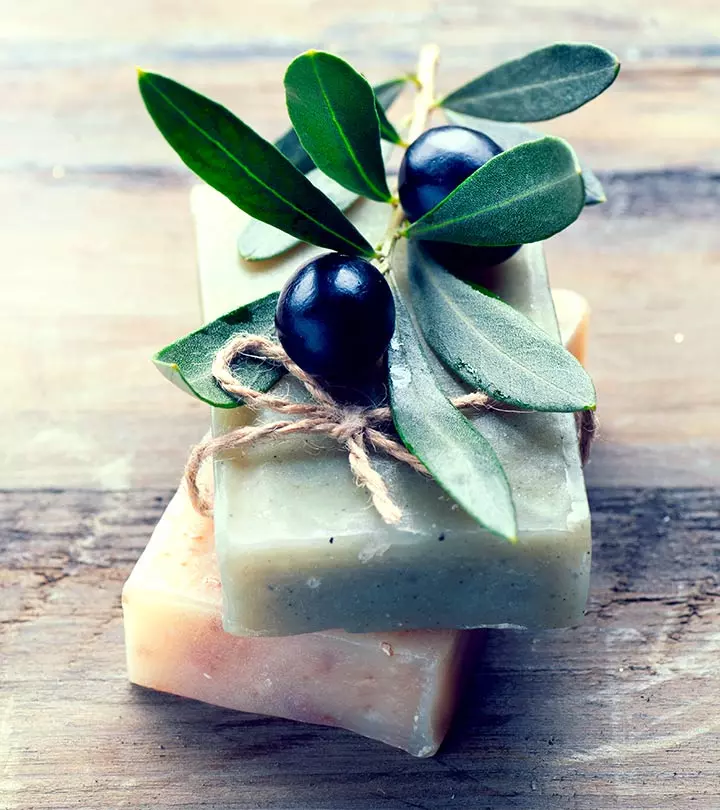
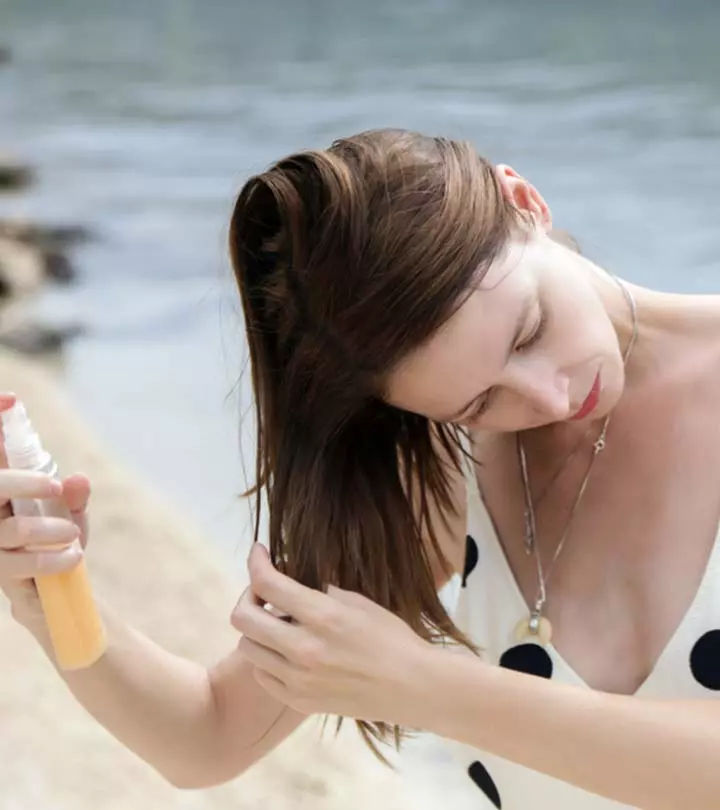


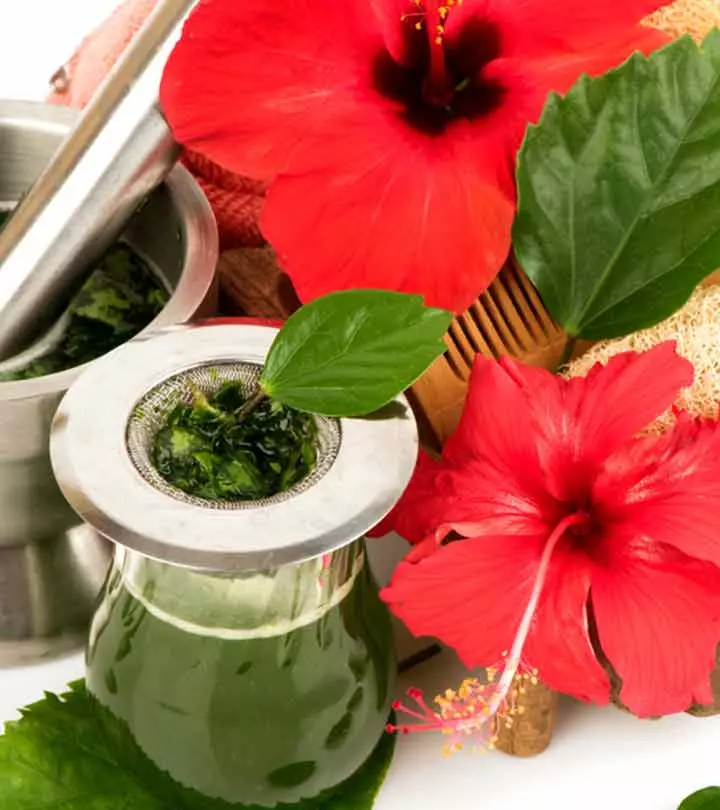
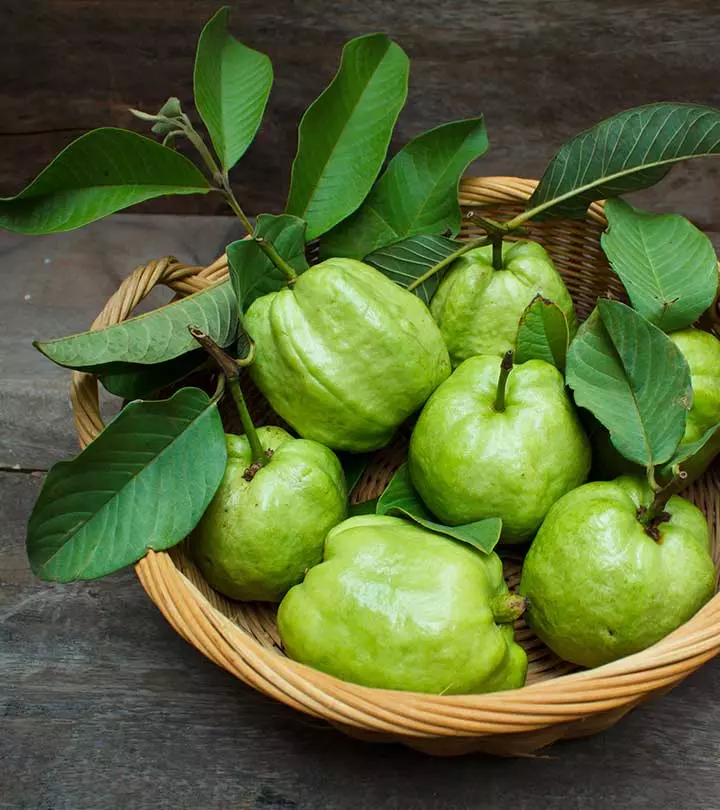
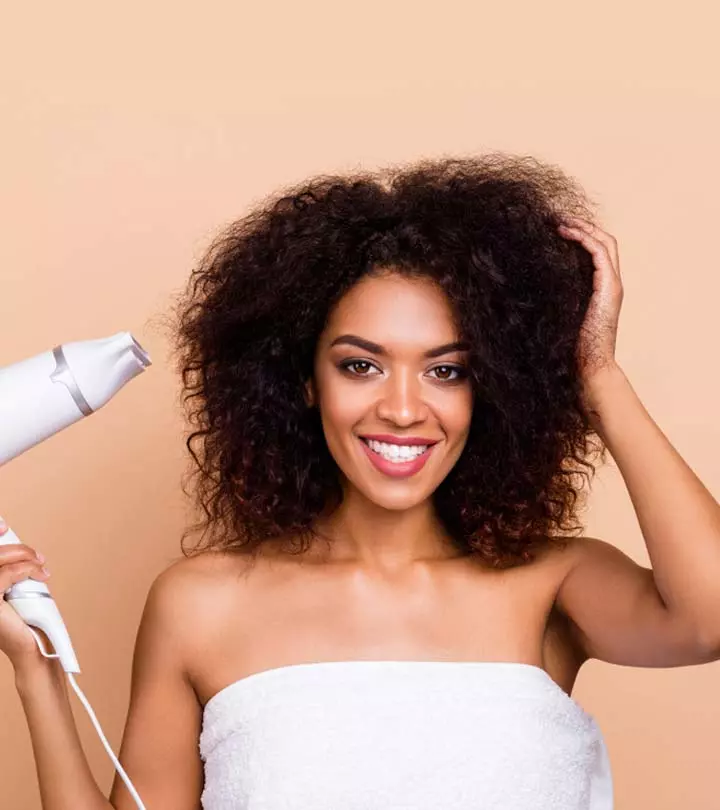

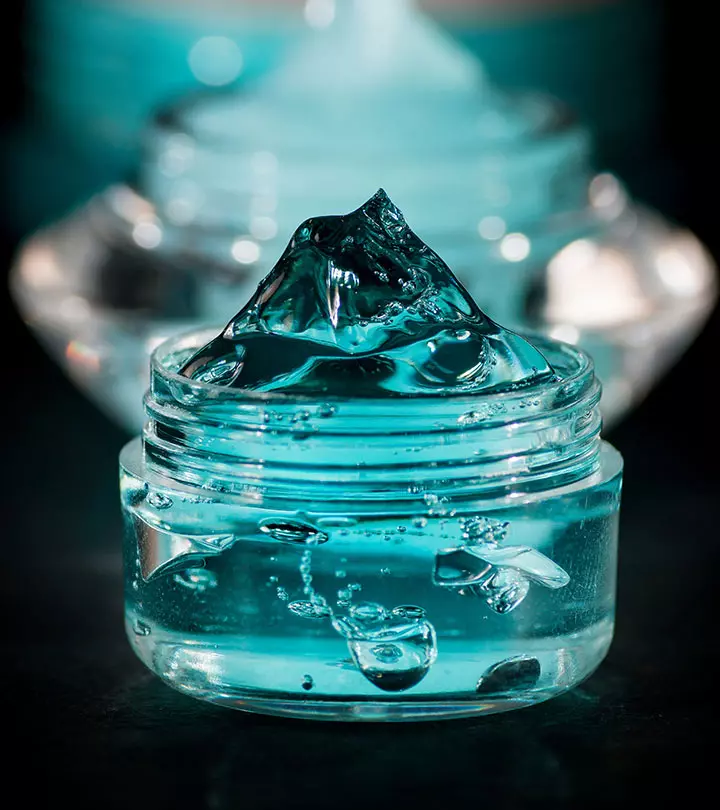
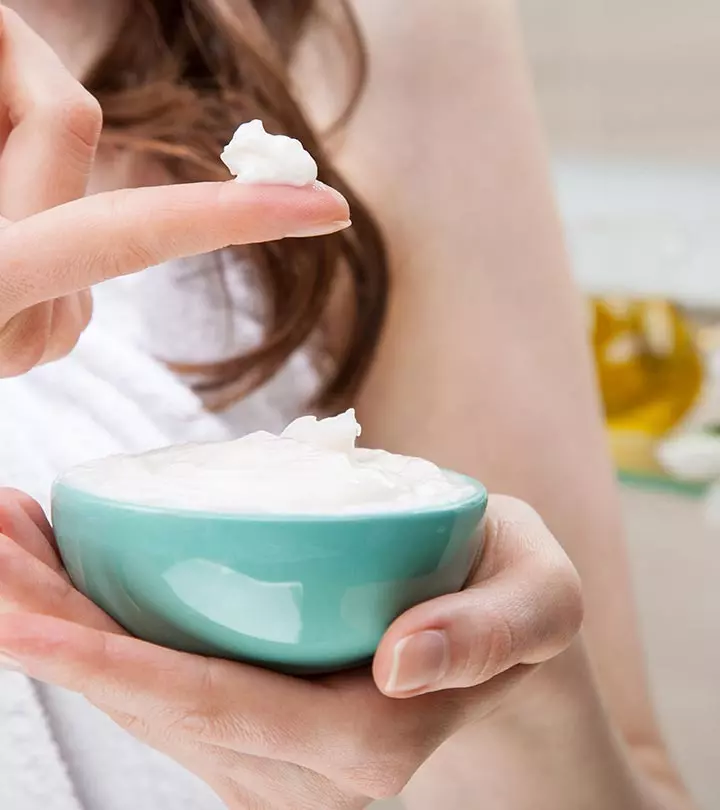

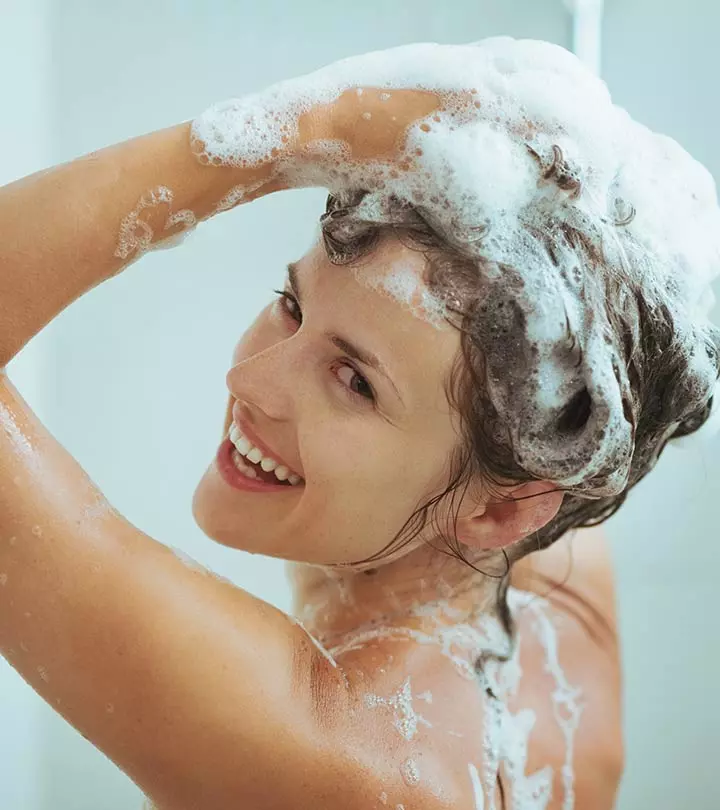
Community Experiences
Join the conversation and become a part of our empowering community! Share your stories, experiences, and insights to connect with other beauty, lifestyle, and health enthusiasts.